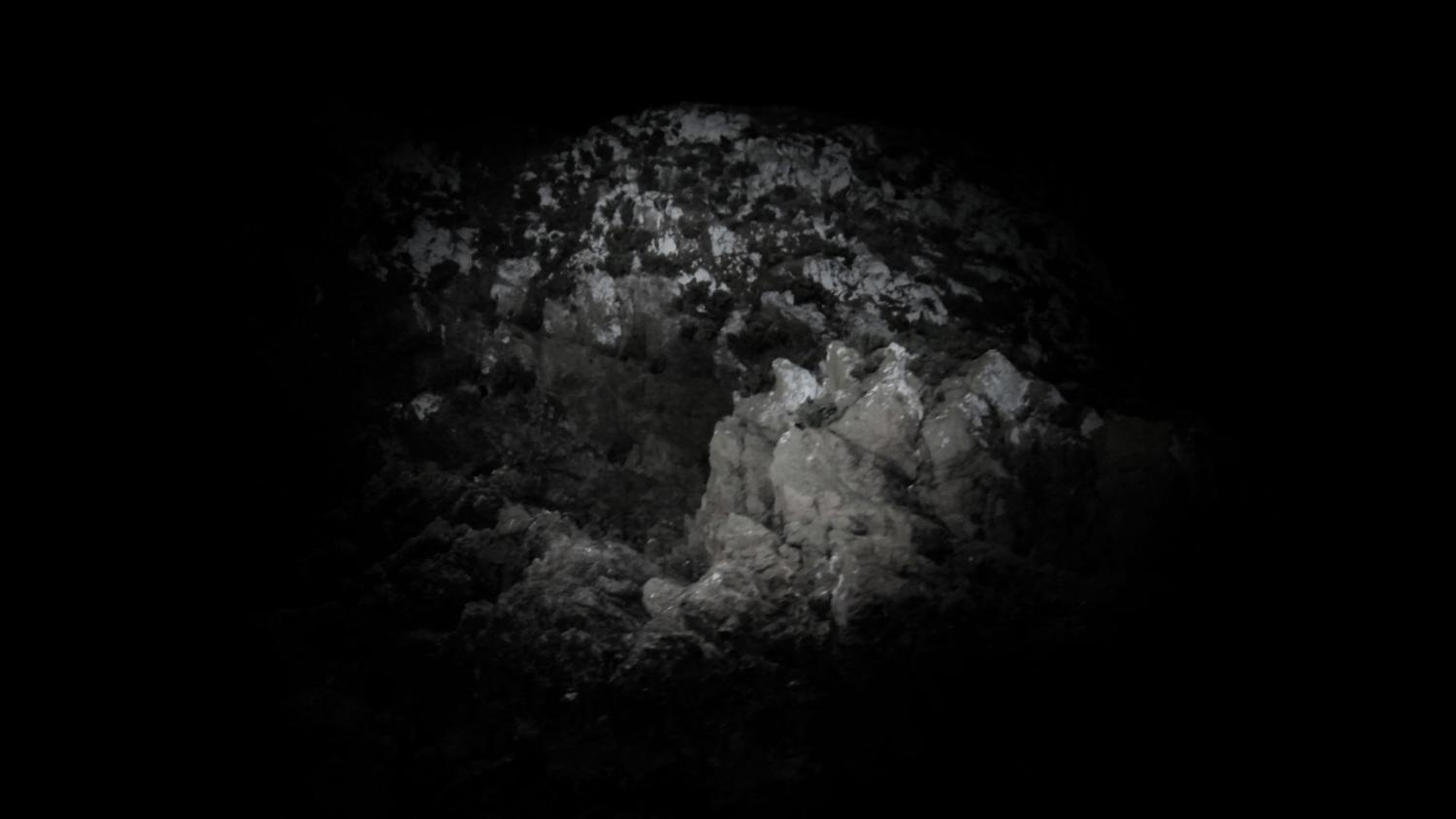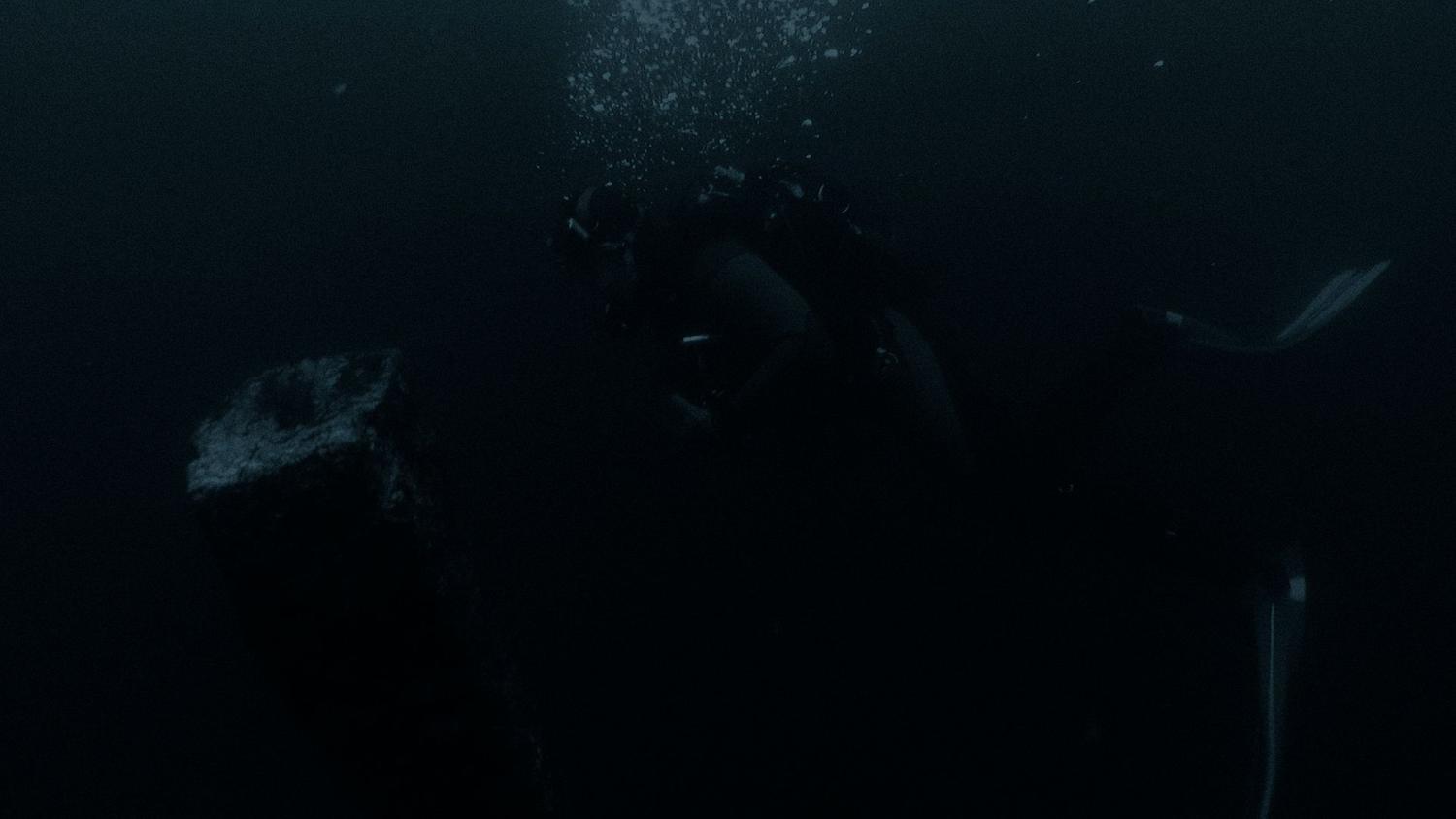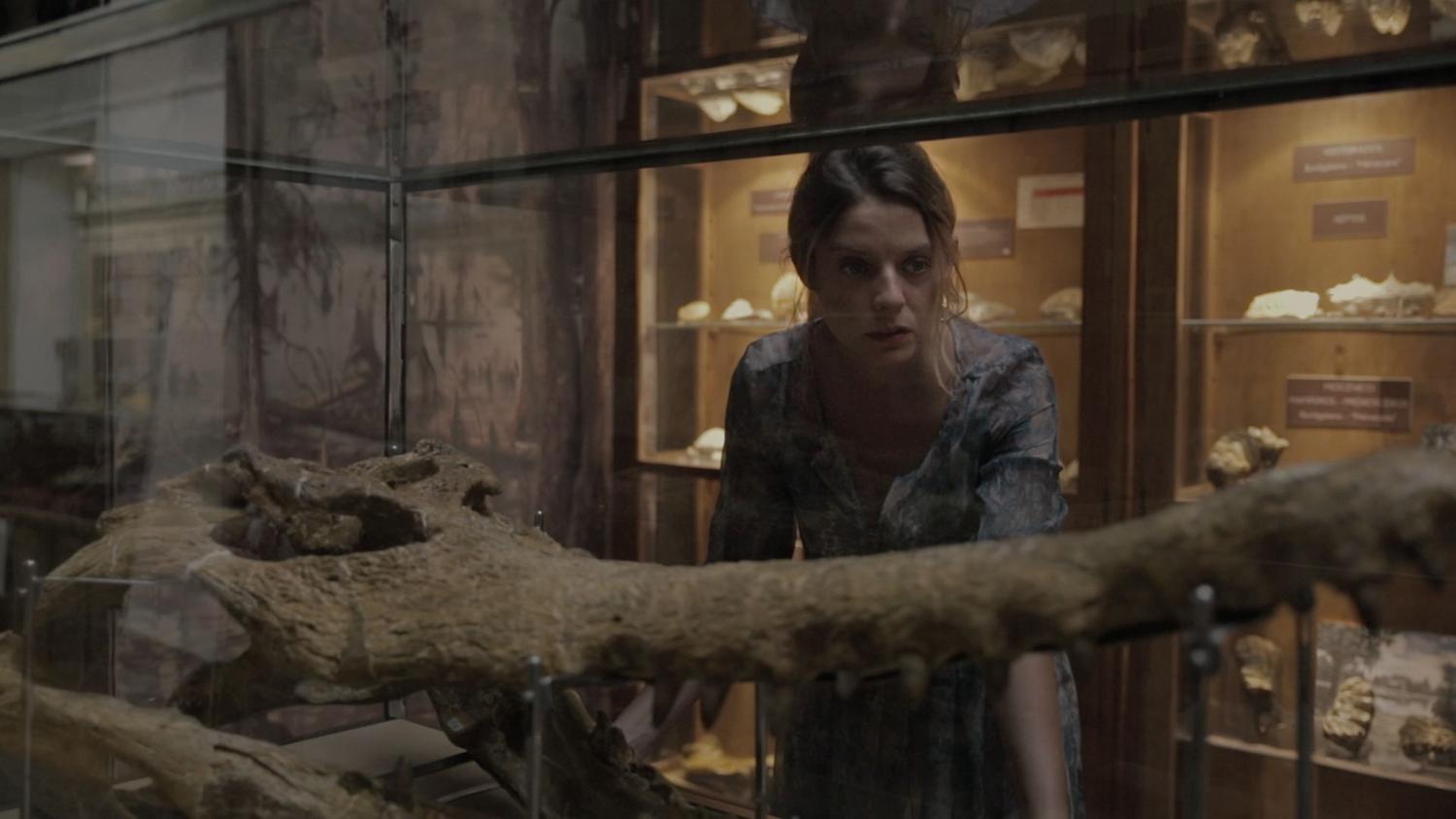Theatrum Orbis Terrarum, Project (2013)
[Theatrum Orbis Terrarum 2013, Theatrum Orbis Terrarum 2013 — Core of the Project]
Theatrum Orbis Terrarum (2013), Project comprises the installation Theatrum Orbis Terrarum (2013)— core of the project, and the film Theatrum Orbis Terrarum (2013).
Commission: Festival Temps d’Images, MNAC – Museu Nacional de Arte Contemporânea do Chiado
Production: Lamaland
Support: The MacDowell,Screen, MNAC – Museu Nacional de Arte Contemporânea do Chiado, Fundação Calouste Gulbenkian, Dgartes – Direção Geral das Artes, DuplaCena, Festival Temps d’Images
Distribution: Agência Portuguesa da Curta Metragem – Curtas Metragens CRL, Kinoscope, RTP – Radio Televisão Portuguesa
DVD Edition: Shellac Sud DVD, EXTRA, Terra nullius: Confessions d'un mercenaire, France
Harvard Film Archive – HFA/Harvard University – collection, USA
Video Installation Edition: QUARCO – Quartel de Arte Contemporânea de Abrantes – Coleção Figueiredo Ribeiro – collection, Portugal
Video Installation Edition: Coleção de Arte Contemporânea do Estado – collection, Portugal
Theatre of the World (1570) is thought to be the world’s first modern atlas. Theatrum Orbis Terrarum may be considered a film exploration, a sensorial journey, a vertiginous history, but definitely an adventure story. 'When I look at the sea for long, I lose interest on what happens on land' says our shaman leading character.
In the sixteenth century the Padrão Real hung from the ceiling of the Map Room in the Casa da Índia. It was a secret map, guarded from the eyes of foreign spies, which was changed and reworked with the comings and goings of each expedition.
Aided by scientific equipment to measure distance, the navigators dreamed up the representation of the expanses that they had covered. When at sea, they looked up to the heavens and gauged their path by the stars, hands drawing in space fictional lines that carved territories. Upon returning to shore, they took the map that had previously belonged to others as their own, erasing divisive lines and constructing new borders.
The map that they followed has been lost over time, and what remains of it is a stolen copy, made from memory by one of the cartographers in order to outwit enemies.
Maps are imaginary lines projected in space, visual representations of territories that have been traversed. They create spaces for navigating, utopias and dystopias, fictions created and broken by memory. Like the colourful banners that bear the title of the exhibition, drawing homographs in the air, maps devise coded messages that are then exposed to the entropy of the elements. The spaces dreamed up in Theatrum Orbis Terrarum act as a map made of memories that sketch out their own territory, constructing and reconstructing the minute borders existing between the three screens.
The project was initiated under the frame of a commission by Festival Temps d’Images and first exhibited in Theatrum Orbis Terrarum at MNAC — Museu Nacional de Arte Contemporânea do Chiado, Lisbon (17 October – 17 November 2017). The other productions were developed due to other partners and exhibited accordingly.
THEATRUM ORBIS TERRARUM (2013)
HD video, 16:9, color, Dolby 5.1 sound, 23 min, Portugal
Lamaland
Fundação Calouste Gulbenkian
THEATRUM ORBIS TERRARUM (2013)
Three-channel HD video installation, 16:9, color, stereo sound, 26 min. sync in a loop; DVD, 4:3, black and white, silent, 5 min. loop on TV monitor, Portugal
Fundação Calouste Gulbenkian
THEATRUM ORBIS TERRARUM (2013)
Three-channel HD video installation, 16:9, color, stereo sound, 26 min. sync in a loop; DVD, 4:3, black and white, silent, 5 min. loop on TV monitor, Portugal












The way I interpret your installations, but also the rest of your video work, is that they problematize seeing as a way of knowing. Merely looking (or doing so quickly) is not enough. We must continue working, over time, to be able to see. At a time when all seems to be rushed and superficial, you make us stare at time, at the pass of time. The complexity of your work frustrates the presumption that recognition is simple, immediate, and in the viewer’s control—as in Latin, damnat quod non intelligunt: they condemn what they do not understand. It is amazing to me to realize that the first considered modern atlas was called Teatrum Orbis Terrarum (Theater of the World). Just this title already seems a critique to the guided lines that the author drew. The map was written by cartographer and geographer Abraham Ortelius in 1570, in Antwerp, Belgium. It seems that he also imagined that all the land was joined together before drifting apart, understanding that things change and move. In your installation called Teatrum Orbis Terrarum (2013), a video that includes professional actors, you present images of the ocean as a medium that not only brings objects to the surface, but also bumps against the rocks from the land, eroding them over time, changing the sketching lines of those divisions. I feel that in your work you present a situation or a landscape and say, “look, is this a map or a labyrinth?”
Monica Saviron, On Theatrum Orbis Terarrum
Theatrum Orbis Terrarum is a theoretical exploration of landscape as a dialectical problem. Will we be Cartesians or Heideggerians? Are we going to apply the templates of abstract knowledge in order to artificially rationalize our relationship to the lived environment, or are we going to recognize our “thrownness,” our mutual dependency on and envelopment by the spaces in which we dwell?
Michael Sicinski, On Theatrum Orbis Terrarum
The way I interpret your installations, but also the rest of your video work, is that they problematize seeing as a way of knowing. Merely looking (or doing so quickly) is not enough. We must continue working, over time, to be able to see. At a time when all seems to be rushed and superficial, you make us stare at time, at the pass of time. The complexity of your work frustrates the presumption that recognition is simple, immediate, and in the viewer’s control—as in Latin, damnat quod non intelligunt: they condemn what they do not understand. It is amazing to me to realize that the first considered modern atlas was called Teatrum Orbis Terrarum (Theater of the World). Just this title already seems a critique to the guided lines that the author drew. The map was written by cartographer and geographer Abraham Ortelius in 1570, in Antwerp, Belgium. It seems that he also imagined that all the land was joined together before drifting apart, understanding that things change and move. In your installation called Teatrum Orbis Terrarum (2013), a video that includes professional actors, you present images of the ocean as a medium that not only brings objects to the surface, but also bumps against the rocks from the land, eroding them over time, changing the sketching lines of those divisions. I feel that in your work you present a situation or a landscape and say, “look, is this a map or a labyrinth?”
Monica Saviron, On Theatrum Orbis Terarrum
Monica Saviron, On Theatrum Orbis Terarrum
Theatrum Orbis Terrarum is a theoretical exploration of landscape as a dialectical problem. Will we be Cartesians or Heideggerians? Are we going to apply the templates of abstract knowledge in order to artificially rationalize our relationship to the lived environment, or are we going to recognize our “thrownness,” our mutual dependency on and envelopment by the spaces in which we dwell?
Michael Sicinski, On Theatrum Orbis Terrarum
Michael Sicinski, On Theatrum Orbis Terrarum
